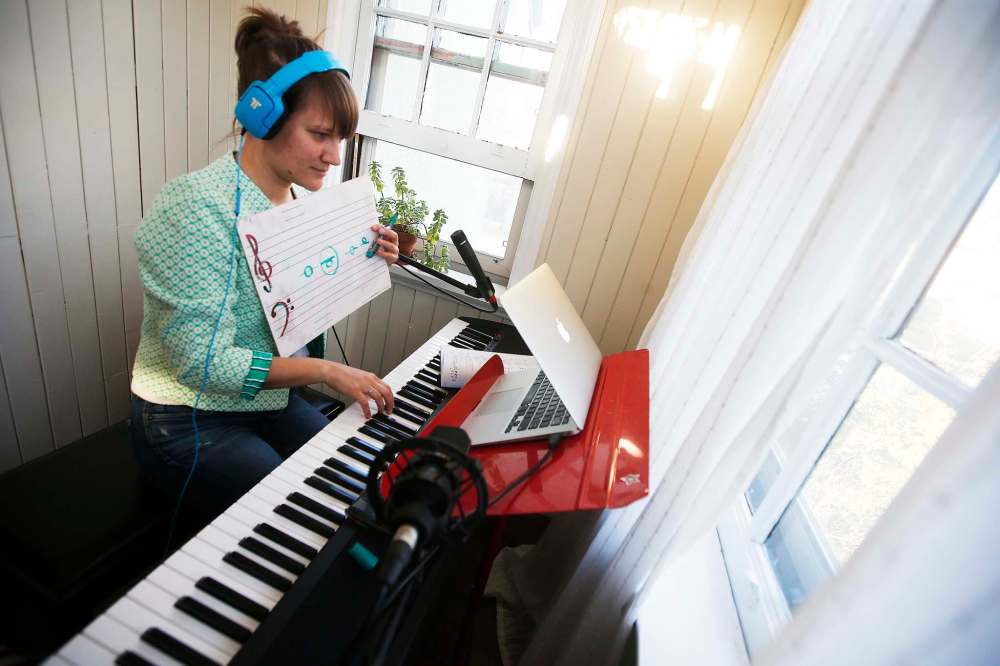7 p.m.
Play it again, Sal
Advertisement
Read this article for free:
or
Already have an account? Log in here »
To continue reading, please subscribe:
Monthly Digital Subscription
$0 for the first 4 weeks*
- Enjoy unlimited reading on winnipegfreepress.com
- Read the E-Edition, our digital replica newspaper
- Access News Break, our award-winning app
- Play interactive puzzles
*No charge for 4 weeks then price increases to the regular rate of $19.00 plus GST every four weeks. Offer available to new and qualified returning subscribers only. Cancel any time.
Monthly Digital Subscription
$4.75/week*
- Enjoy unlimited reading on winnipegfreepress.com
- Read the E-Edition, our digital replica newspaper
- Access News Break, our award-winning app
- Play interactive puzzles
*Billed as $19 plus GST every four weeks. Cancel any time.
To continue reading, please subscribe:
Add Free Press access to your Brandon Sun subscription for only an additional
$1 for the first 4 weeks*
*Your next subscription payment will increase by $1.00 and you will be charged $16.99 plus GST for four weeks. After four weeks, your payment will increase to $23.99 plus GST every four weeks.
Read unlimited articles for free today:
or
Already have an account? Log in here »
Hey there, time traveller!
This article was published 07/05/2020 (2052 days ago), so information in it may no longer be current.
Salvador Tait is perfecting his D-minor scale.
Normally, the eight-year-old’s piano teacher, Madeline Hildebrand, would sit next to him, gently correcting his wrist placement or pointing to his music. But these are not normal times, and this is not a normal piano lesson.
Golden-hour sunlight streams into Hildebrand’s tiny second-floor porch, where she has set up her keyboard. Instead of sheet music, her red music stand houses an open laptop.
Salvador, meanwhile, is at home on the upright in his family’s living room. This evening’s lesson is taking place over Zoom.
The keyboard/porch set up is unusual, too. Hildebrand, 34, isn’t supposed to be in Winnipeg. Last September, she left her grand piano with a babysitter, said goodbye to her 30 piano students, and headed to New York to begin her first year of doctoral studies at Stony Brook University. She couldn’t have known that just a few months later, she’d be sent back home by a worldwide pandemic.

Back in Winnipeg, Hildebrand’s own piano studies have migrated online. On Tuesday nights, she joins her peers, now scattered all over North America, for a Chopin Études intensive over Zoom. She’s been teaching undergrads, as well as some of the children she had to leave behind in Winnipeg — including Salvador. “It’s been really special,” she says of reconnecting with them.
Teaching another person how to play an instrument virtually hasn’t been without its challenges, Hildebrand says.
“There’s a bit of a novelty to this, you know? But I’m sure it’s wearing off for so many families and kids. I have a little one who… these are stressful times and she was having a down day. If it was one-on-one, we might sit at the piano and improvise. It’s really hard to not physically work off of them.”

Salvador moves on from scales to eighth notes, which is a focus of tonight’s lesson. He’s rushing through the song he’s working on; the rhythm — two eighth notes followed by quarter note — isn’t in his fingers yet.
Hildebrand, with her smiling eyes and melodious voice, offers plenty of encouragement.
She draws out the notes on a whiteboard and holds it up to the laptop camera. Salvador successfully counts it out: “Ti-Ti, Ta, Ti-Ti, Ta,” bobbing his head to the beat he’s created.
“Does that sound familiar?” Hildebrand asks him with a sly smile. “Have we seen that rhythm today?”
And then, a breakthrough. “Oh!” Salvador exclaims, his eyes lighting up. He’s got it.
— Jen Zoratti


